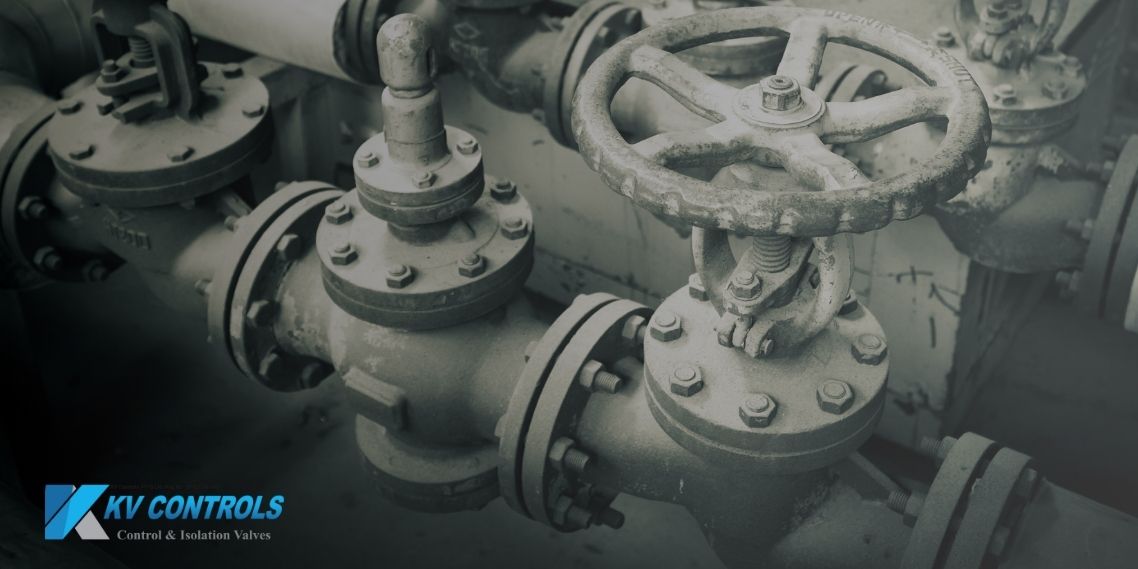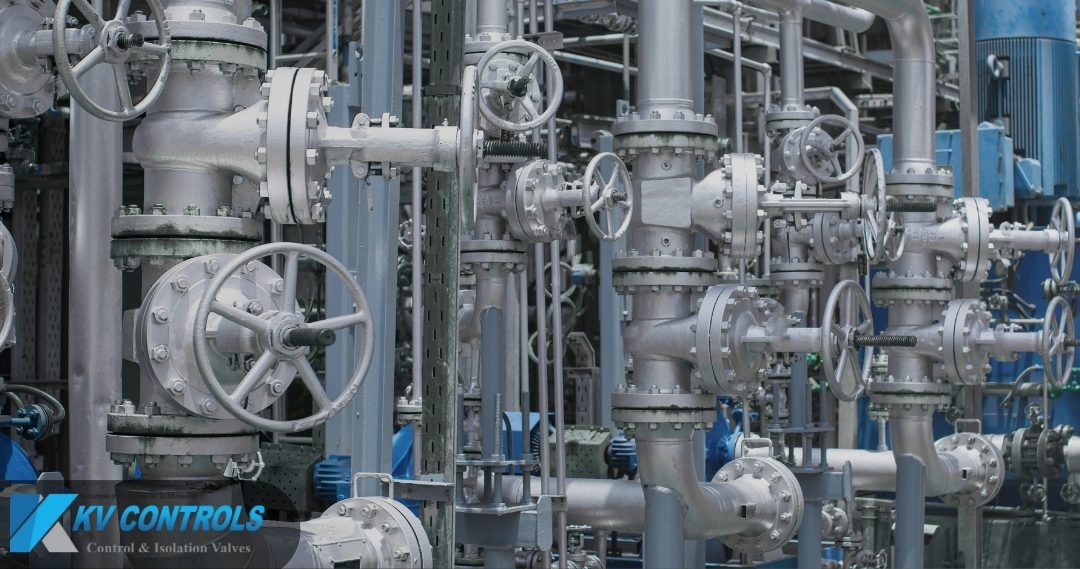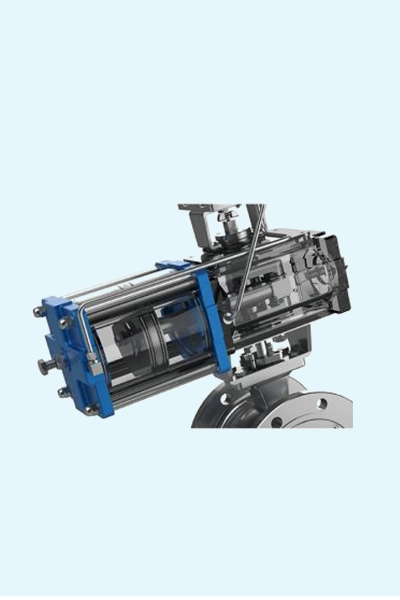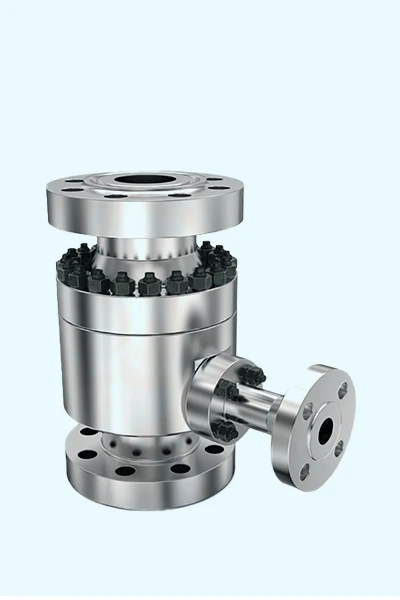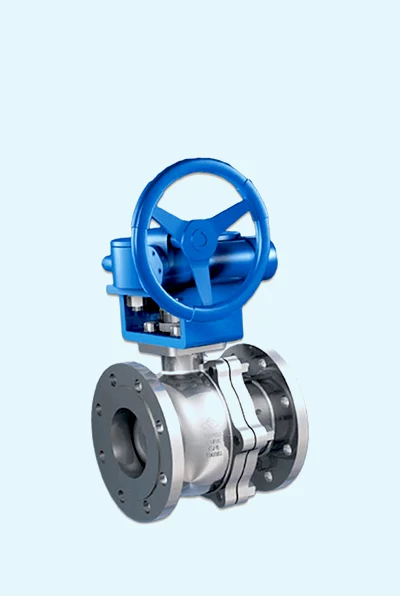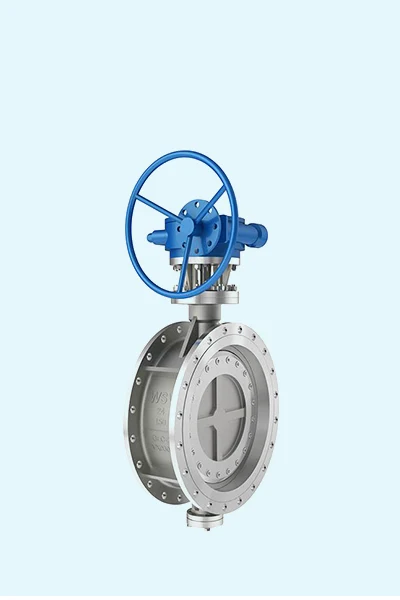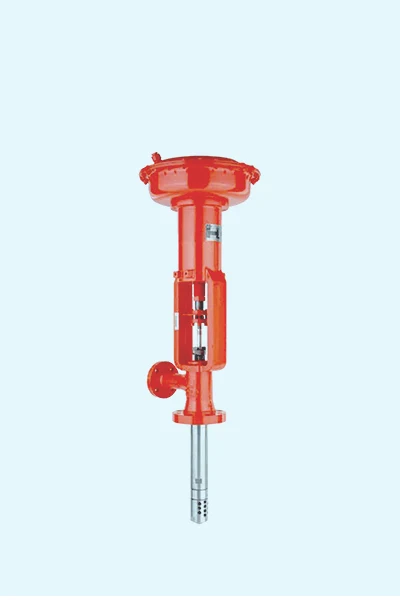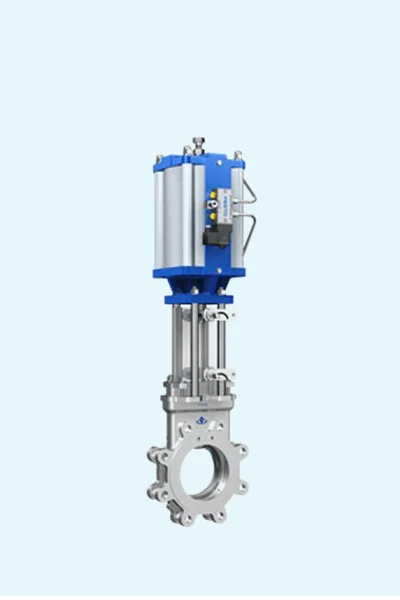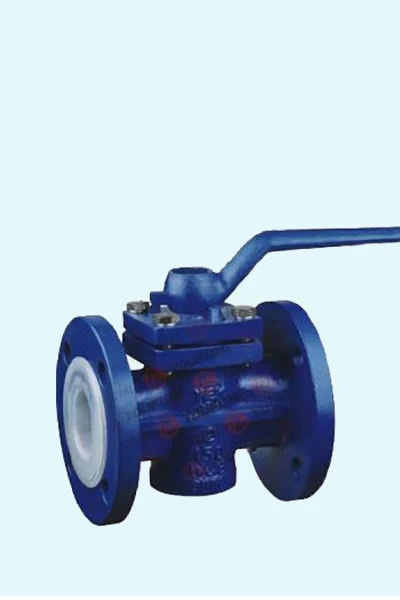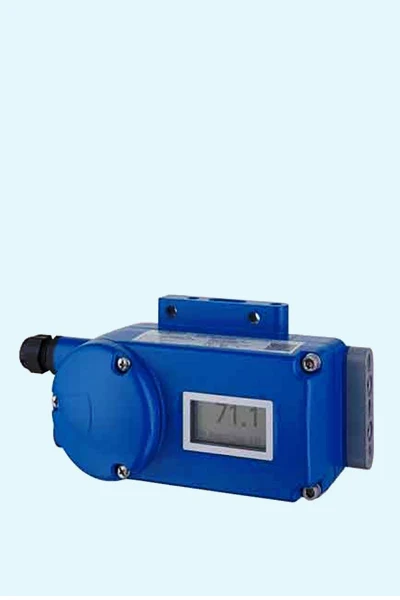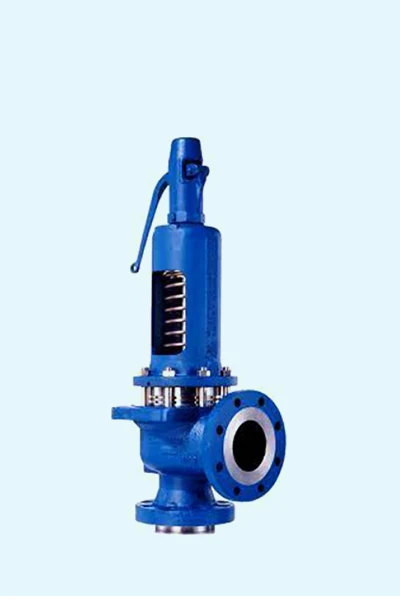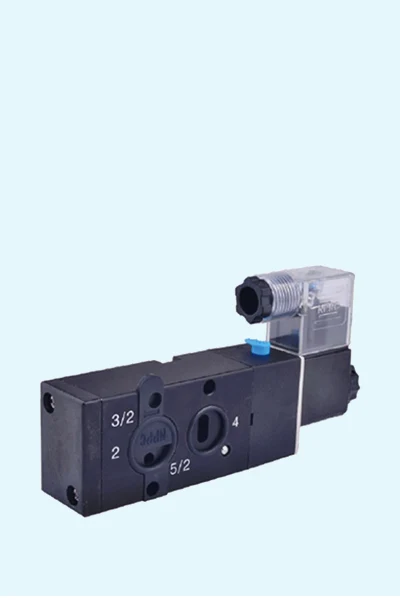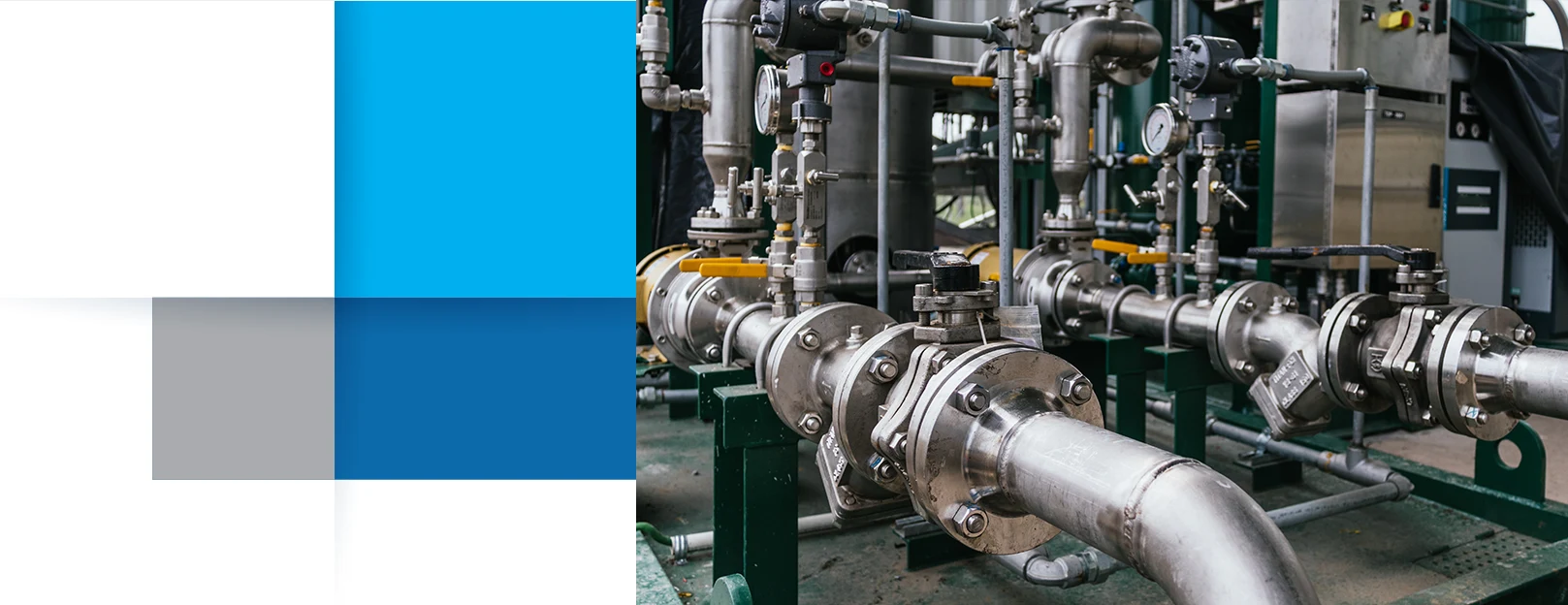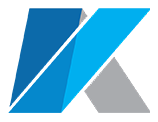In industrial valve selection, understanding the difference between flange and wafer valves is crucial for ensuring system compatibility, reliability, and cost-efficiency. At KV Controls, we supply a wide range of industrial valves tailored to meet the demands of various industries. This blog explores the key distinctions between flange and wafer-style valves, helping you make informed choices for your applications.
What Is a Flange Valve?
A flange valve is a valve type with flanged ends that bolt directly to pipe flanges. These flanges ensure a secure, robust connection that holds up under high pressure and temperature.
Key Features of Flanged Valves:
-
Strong Mechanical Connection: The bolted flanges offer a tight seal, reducing the risk of leakage.
-
Ideal for Harsh Conditions: These valves perform well in high-pressure and high-temperature environments.
-
Easy Maintenance: Flanged valves can be removed and serviced without disturbing the pipeline system too much.
Applications:
Commonly used in industries such as oil and gas, petrochemical, power generation, and water treatment, where safety and durability are top priorities.
What Is a Wafer Valve?
A wafer valve is a compact valve designed to fit between two pipe flanges and is held in place by the flange bolts — but it has no protruding flanges of its own.
Key Features of Wafer Valves:
-
Slim and Lightweight: Wafer valves are ideal for installations with limited space.
-
Cost-Effective: Less material and easier manufacturing make these valves budget-friendly.
-
Quick Installation: When aligned properly, wafer valves are easy to install and remove.
Applications:
Widely used in low to medium pressure systems like HVAC, food processing, and light manufacturing, where compact design and cost-efficiency matter most.
Flange vs Wafer Valves: Side-by-Side Comparison
| Feature | Flange Valve | Wafer Valve |
|---|---|---|
| Installation | Bolted to pipe flanges | Clamped between pipe flanges |
| Size & Weight | Larger and heavier | Compact and lightweight |
| Pressure Handling | High-pressure, high-temperature | Low to medium pressure |
| Cost | Higher due to materials and labor | Lower cost and easier to source |
| Maintenance | Easy to remove for servicing | Requires pipe disassembly |
Choosing the Right Valve for Your Application
When deciding between flange and wafer valves, consider the following:
-
System Pressure and Temperature: Choose flanged valves for heavy-duty environments.
-
Space Constraints: Opt for wafer valves in tight or confined installations.
-
Maintenance Frequency: Flanged valves are easier to service without system disruption.
-
Budget: Wafer valves offer significant savings where system demands allow.
Why Choose KV Controls?
At KV Controls, we supply premium industrial valves across South Africa, including flanged and wafer styles for every application. Our expert team helps you select the right valve type based on your technical requirements, industry standards, and operational goals.
Final Thoughts
Both flange and wafer valves have essential roles in industrial systems. The right choice depends on pressure ratings, maintenance access, and budget constraints. By understanding the differences, you can improve operational efficiency and reduce downtime.
Need assistance selecting the right valve?
Contact KV Controls today for expert support and a full range of valve solutions tailored to your needs.
